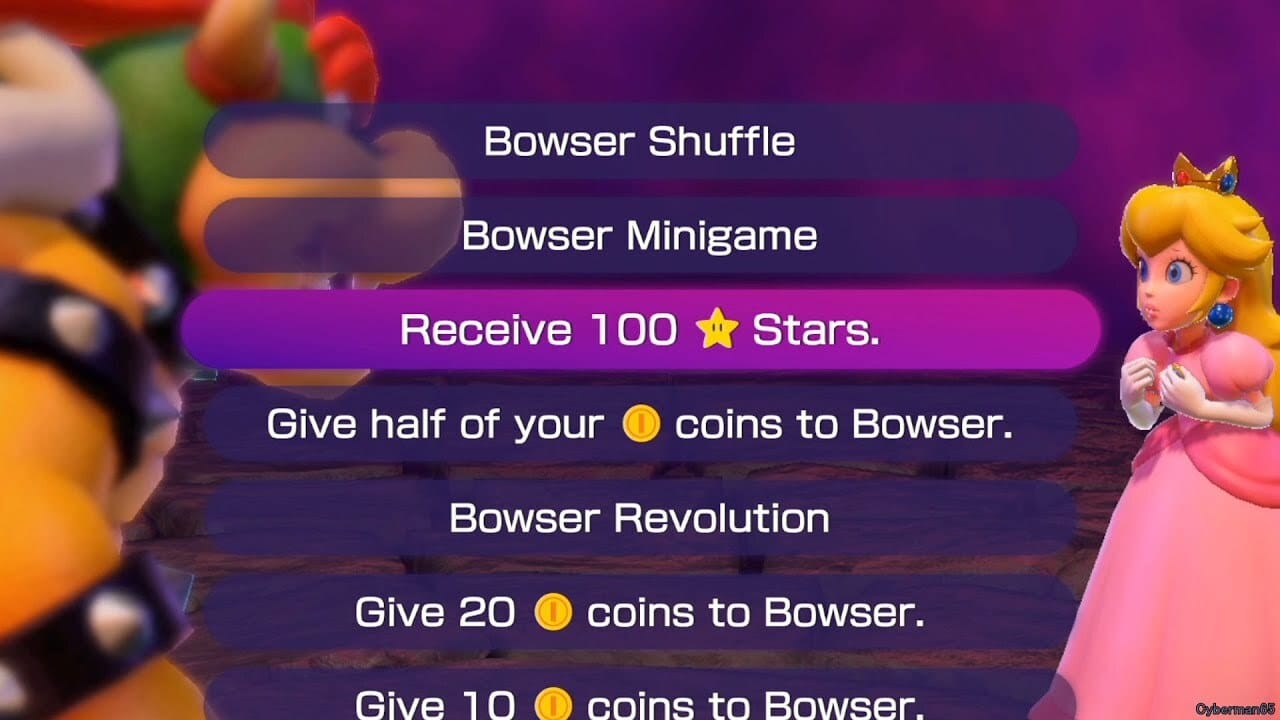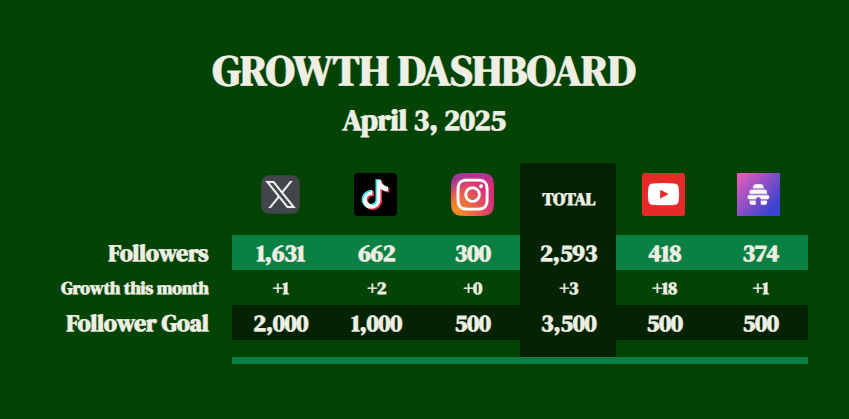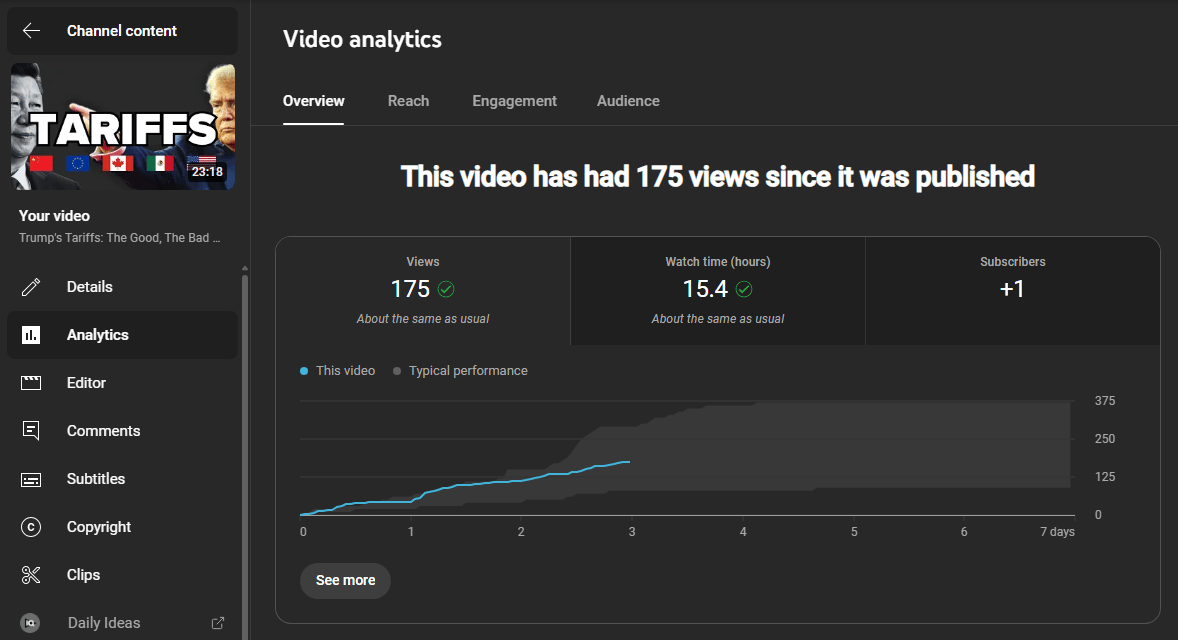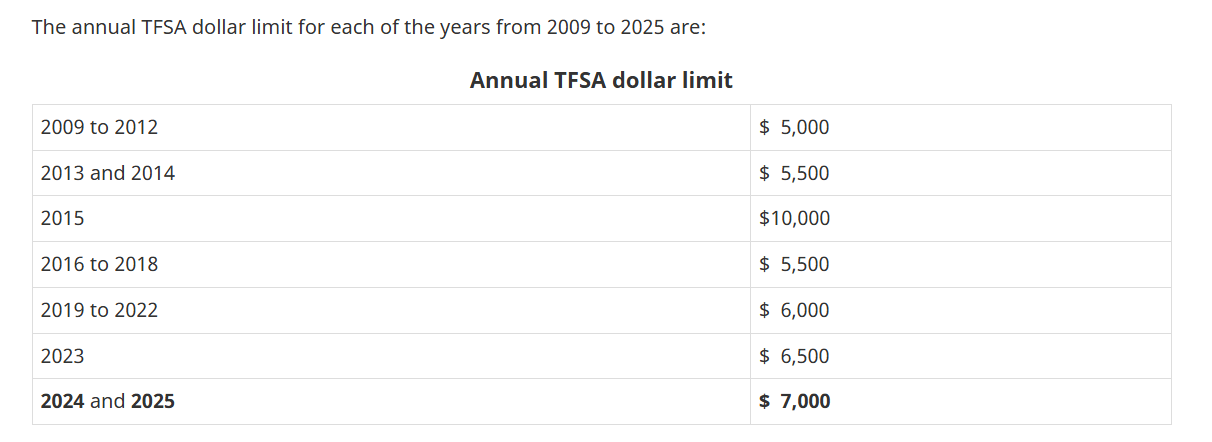It pains me whenever someone tells me that they aren’t using their tax-free accounts.
Why?
Because tax-free accounts are a free money cheat code.

POV: you’ve maximized your tax-free accounts
So far, in the 5 Levels of Investing series, we’ve covered how to get out of debt (Level 0), why you shouldn’t save all your money in cash (Level 1), and why you should avoid financial advisors (Level 2).
This week, we cover Level 3: How to Maximize Your Tax Free Accounts.
Specifically, we’ll discuss:
What tax-free accounts are
How tax-free accounts work
The tax free accounts available in Canada
The tax free accounts available in the USA
How to maximize your tax free accounts
As always, you can also watch this article on YouTube:
Let’s dive in.
What Are Tax-Free Accounts?
In investing, tax-free accounts are one of the best buffs you can unlock.
When you make money on an investment — say, you buy $TSLA stock and it goes from $200 to $250 — you incur capital gains. You gained $50 on your $200 investment.
Normally, the government will take a piece of that via capital gains tax.
Fortunately, the government provides us with tax-free accounts that we can use to protect some of our investments from capital gains tax.
(Yes… they tax us, and then help us avoid some of that tax. How generous!)

The government is Bowser. Bowser usually takes your coins (taxes), but this time, he’s giving you a gift. Take it!
That’s why, I like to say:
Tax-free accounts are like a free money cheat code.
If you don’t use your tax free accounts, you are literally choosing to give more money to the government via taxes.
Tackle Your Credit Card Debt With 0% Interest Until Nearly 2027 AND Earn 5% Cash Back
Some credit cards can help you get out of debt faster with a 0% intro APR on balance transfers. Transfer your balance, pay it down interest-free, and save money. FinanceBuzz reviewed top cards and found the best options—one even offers 0% APR into 2027 + 5% cash back!
How Do Tax-Free Accounts Work?
Each kind of tax-free account works slightly differently, but they all follow a similar format.
Every year, the government gives you “contribution room”, which is an amount of money that you can deposit into your tax-free account and then use to invest.
Important to note that some tax-free accounts like Canada’s TFSA only grant contribution room after you’ve turned 18, whereas other tax-free accounts like a Roth IRA in the USA provide contribution room as long as you have income.
You can also log into your government website (CRA for Canada, IRS for USA) to see exactly how much contribution room you have remaining.
However, keep in mind that this likely won’t be real-time, as the government won’t know how much you contributed this year (only in previous years, from your tax returns).
Once you’ve deposited cash into your tax-free account (usually through a brokerage), you can then use that cash to purchase investments such as index ETFs and individual stocks.
Any capital gains you make on those investments will not be taxed (although the details for each account will differ slightly).
Tax-Free Accounts in the USA
If you’re in the U.S., these are your go-to tax-free accounts:
Roth IRA – You contribute after-tax money, but all growth and withdrawals are 100% tax-free in retirement. This is the simplest and cleanest tax-free account you have access to.
Traditional IRA – Contributions are tax-deductible now, but you pay taxes on withdrawals later.
401(k) & Roth 401(k) – Employer-sponsored plans with tax advantages. If your employer matches your contributions, always take the free money.
HSA (Health Savings Account) – The ultimate triple-threat: tax-free contributions, growth, and withdrawals (if used for medical expenses).
Usually, it is recommended to max out your Roth IRA first. If you still have money, then you can look toward maximizing your Traditional IRA.
Tax-Free Accounts in Canada
If you’re leveling up in Canada, here’s what you need to know:
TFSA (Tax-Free Savings Account) – The MVP. All growth is completely tax-free, and you can withdraw anytime without penalties. This is the simplest and cleanest tax-free account you have access to.
RRSP (Registered Retirement Savings Plan) – Like a Traditional IRA, you get a tax deduction upfront but pay taxes on withdrawals in retirement. Great if you expect to be in a lower tax bracket later.
FHSA (First Home Savings Account) – A new TFSA/RRSP hybrid designed for first-time homebuyers. Tax-free growth and tax-deductible contributions make this a no-brainer if you plan to buy a home in Canada.
RESP (Registered Education Savings Plan) – If you have kids, this is a must-have for education savings, especially with government matching contributions.
Usually, it is recommended to max your TFSA first, especially if you foresee your income increasing in the future. Then, you can max out your RRSP, FHSA, and RESP.
How to Maximize Your Tax-Free Accounts
Now that you know the best tools, here’s how to go about maximizing them, step-by-step:
Prioritize TFSA (Canada) and Roth IRA (USA) – Tax-free growth is OP. These should be maxed before taxable accounts.
Take Free Money – If your employer matches 401(k) / RRSP contributions, that’s an instant 100% return. Take it.
Watch Contribution Limits – Exceeding limits results in penalties. Keep track of your contribution limits carefully.
Long-Term Mindset – The longer you keep your money inside tax-free accounts, the better. Early withdrawals can trigger penalties or missed compounding.
Invest the Money - A very common mistake is people will contribute money into their tax free accounts, and then not invest it in assets. Make sure you’re investing that money once it's in the tax-free account.
It’s that simple.
Action Item: Start Contributing Today
Data shows that only 60% of Canadians contribute to their TFSA, and only 23% of Americans contribute to a traditional IRA.
As Matthew McConnaghey would say, these are rookie numbers. We gotta pump those numbers up.

This is why I created Wealth Potion.
These tools are available to you. And they’re not just tools. Tax-free accounts are literally free money.
I understand that some people may not have the financial means to contribute to a tax-free account because they are living paycheque-to-paycheque.
But if you’re not in this category, and you have some savings, then you have no excuse. Take action today:
Open up an account with a brokerage like Wealthsimple (Canada) or Robinhood (USA)
Set up a tax-free account from your brokerage’s mobile app
Submit the required documents and information in the app, and await approval
Deposit money into the account
Start investing your money in assets, tax free

Ready to invest yet?
Now, if you’re curious what you should invest in, that’s what we’ll be cover next time in Level 4.
But I won’t bury the lede.
In Level 4, we’re going to cover Index ETFs (AKA Passive Investing) and why they are the simplest, easiest, and one of the best-performing investment vehicles in existence.
And then in Level 5…
Well, that one you’ll have to wait and see 😉
Here’s a hint: We’ll be talking about the best performing financial asset in human history.
To your prosperity,
Brandon @ Wealth Potion
Build in Public Update

Being a Creator is quite the rollercoaster.
Two back-to-back videos that beat my YouTube records for views and watch-time. Both videos that I thought weren’t the highest “quality”.
Then, I follow it up with a video that I was super proud of and that I put a ton of work into.
And it flops.

The harsh reality of content creation is that you never fully know what content will resonate with your viewers, what videos will get picked up by the algorithm, and a million other elements of randomness.
It can be de-motivating, but I find that the best Creators learn to enjoy the chaos.
They recognize that consistency wins at the end of the day.
See you all next week.
@alphamotivation0 #chriswilliamson#motivation



